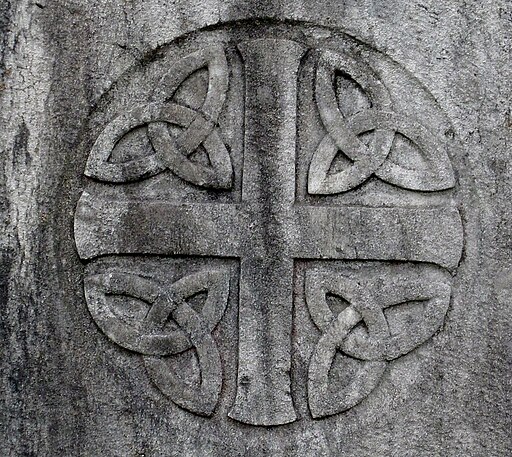When people hear Celtic and Gaelic they think of river dancing, Vikings, or William Wallace, not many people think of the traditions that are still around today, let alone the ones that take place here in the United States. Irish Celtic and Scottish Gaelic heritage embodies a rich cultural tapestry woven from the traditions, languages, and histories of the Gaelic people in Ireland and Scotland. Irish and Scottish Gaelic cultures share ancient Celtic roots, with customs steeped in myth, folklore, and a profound respect for nature and spirituality. This heritage is distinctively marked by its languages—Irish Gaelic and Scottish Gaelic—each carrying centuries of poetry, storytelling, and communal wisdom. Music, dance, and visual art are central to both cultures, featuring traditional instruments, folk songs, and intricate symbols. Despite historical challenges, including colonization and language suppression, a revival of Gaelic languages and traditions has reinvigorated these cultural identities in recent years, connecting modern generations to their ancient heritage and fostering a renewed appreciation worldwide.
My favorite tradition is the Highland games. The Highland Games originated in early medieval Scotland being a combination of cultural celebration and practical demonstration of strength and skill, also known as the Strongman competition. These games were held by clans (social groups consisting of families that share common ancestry or follow the same leader, often known as a clan chief) to select the strongest warriors by testing men’s endurance, and building brotherhood. They did with competitions like caber-tossing, hammer throwing, and tug of war, which displayed physical skill and preparation for battle and survival in harsh elements that may await the warriors. Music and dance were fundamental parts of the games, with bagpipers and traditional performing to honor clan leaders and entertain the crowds. These often took place in open fields with participants and spectators traveling from neighboring villages to join the festivities, strengthening clan ties.

Willem van de Poll, CC0, via Wikimedia Commons
In more modern times, the Highland Games have evolved to be cultural festivals that celebrate the Celtic and Gaelic Heritage worldwide. They retain traditional athletic events like the caber toss and stone put, but the games now also include modern additions such as races and children’s activities to be more inviting to more than just those of Celtic and Gaelic Heritage and children. Music and dance remain key features, with pipe bands and highland dancing competitions drawing in large crowds. Unlike their medieval counterparts, today’s games are highly organized and are often held in designated venues with formal judging and prizes. They also serve as a platform for showcasing Scottish and Irish food. Crafts, and history, making them a vibrant celebration of culture for both locals and tourists. While the competitive spirit keeps going on, the focus has shifted from clan rivalry to community engagement.
I have personally grown to embrace my heritage and go to meet people from my clan; Clan MacKinnon. I have loved the highland games since my first time going when I was around 11 years old, hearing the bagpipes, watching the dancers, going to the can tents and learning of my own, and watching the competitions themselves have changed how I view myself and my family history. Learning I come from warriors has made me feel confident in myself. I am still learning more about my heritage and my clan. I have taken the time to find more out about my clan; mainly their sayings like, “Audentes Fortuna Juvat’ (Fortune assists the daring) and “Cuimhnich bàs Alpein” (Remember the death of Alpin), Alpin being Kenneth MacAlpin; the creator of the MacKinnon dynasty. I find the highland games as a way for me to connect with my ancestors and enjoy things from Ireland and Scotland. Heritage is what makes people who they are and it should be embraced as much as possible.



